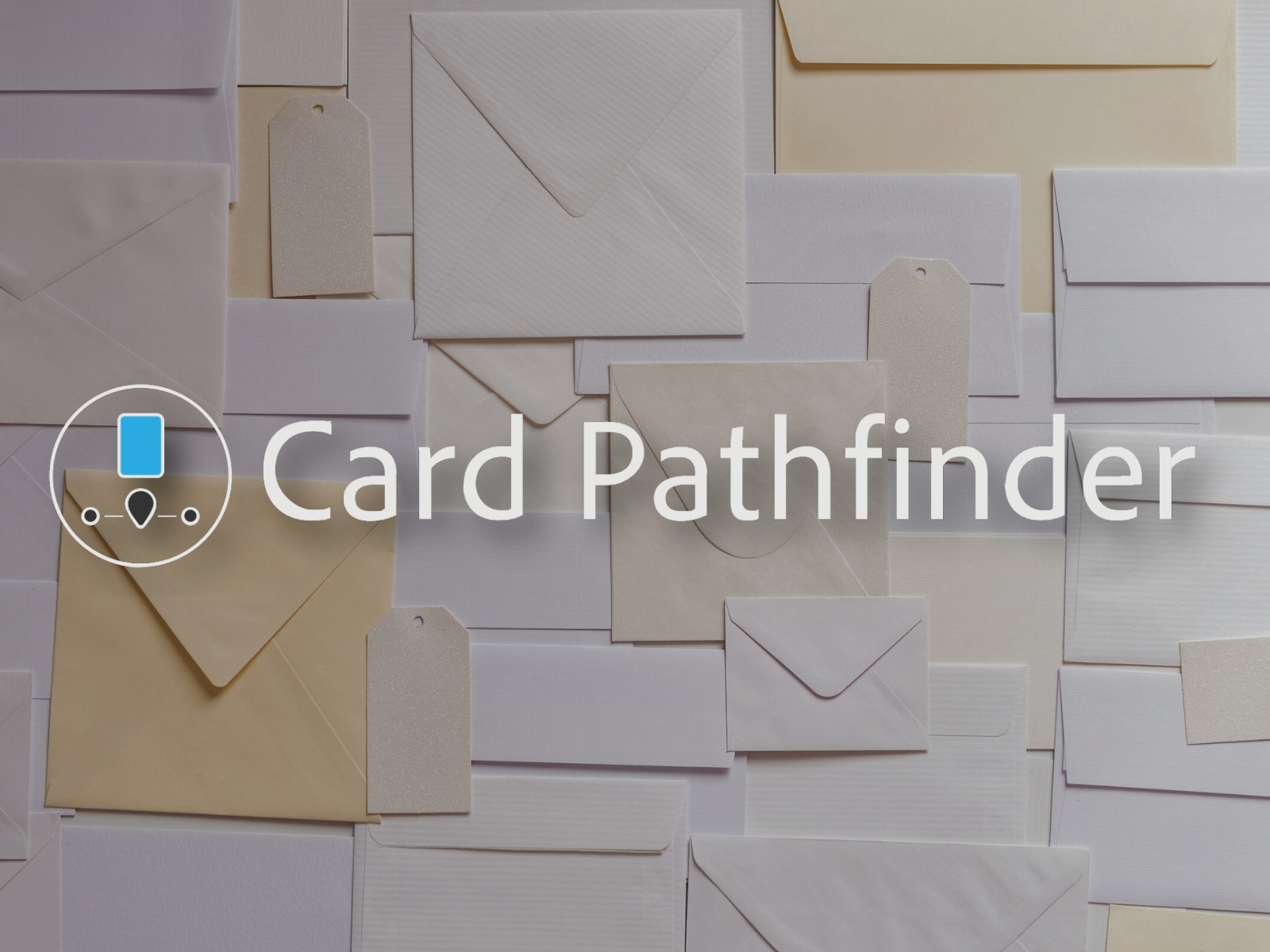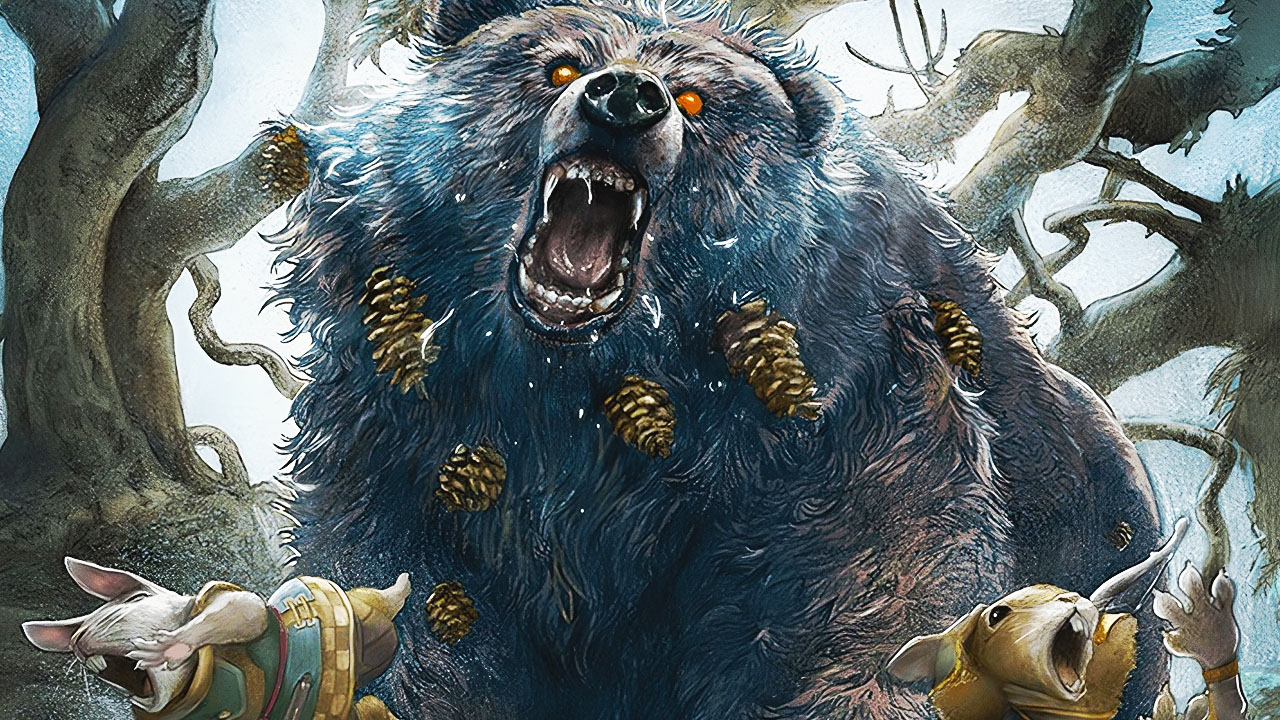There are many different ways to play Commander. Is it “just a pile of cards I had lying around?” Maybe a carefully crafted masterpiece of your favorite cards? To me, it is about playing with the most powerful cards possible! But what is CEDH? This is one of the wildest ways to play Commander and can be a ton of fun.
CEDH stands for Competitive Elder Dragon Highlander (Elder Dragon Highlander is the old name for the Commander format). Some folks will talk about CEDH like it is a completely separate format to Commander. To be clear, CEDH is not a different format. It is what happens when you push EDH to the highest possible power level and prioritize winning over the fun-or-flavor-focused gameplay of regular Commander.
Today, I would like to discuss CEDH, what it is, and what it is not. We will discuss some common archetypes and why you should give them a try!
What is CEDH?
CEDH follows all the same rules of Commander as you know it. Remember, this is not a different format. 21 Commander damage still kills. Your deck is 100 cards, including commander(s). Your deck can only have cards in your commander’s colors. What’s different is the mentality and expectations of the table.
CEDH is what happens when you take the Commander format to its logical extreme. You are playing the best cards to the best of your ability. Everyone at the table is there to win. When you sit down to play CEDH, you should expect:
- Everyone is playing a deck tuned to perfection
- Everyone is here to win
- Everyone knows their deck
- Everyone knows how you intend to win
- Everyone is playing a powerful strategy/archetype
CEDH takes the mentality of a Modern feature match and brings it to Commander. Unlike casual games, there is seldom a rule zero discussion in CEDH. When everyone comes to play, they understand, “play to win.”
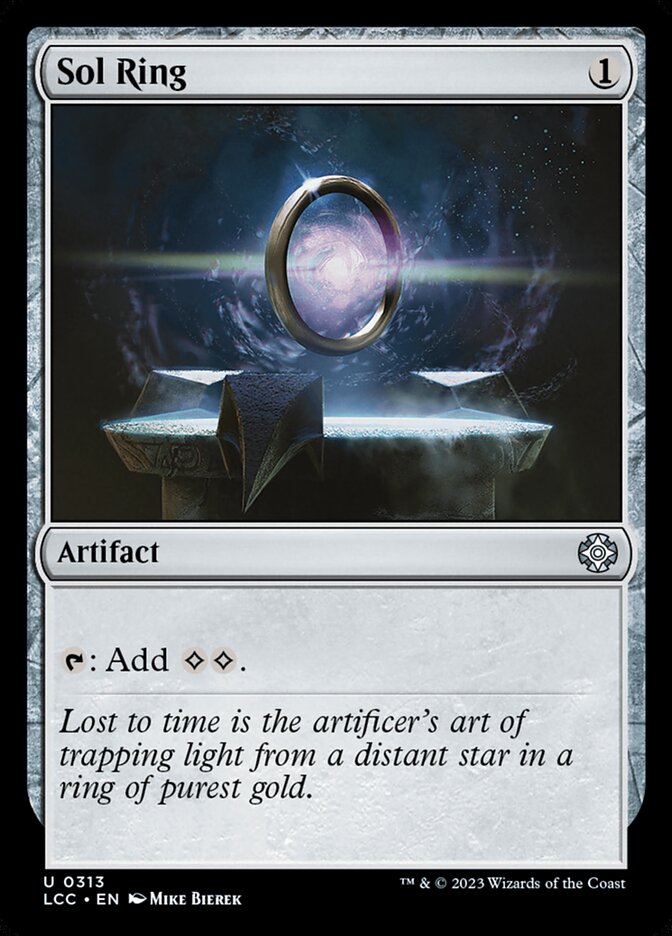
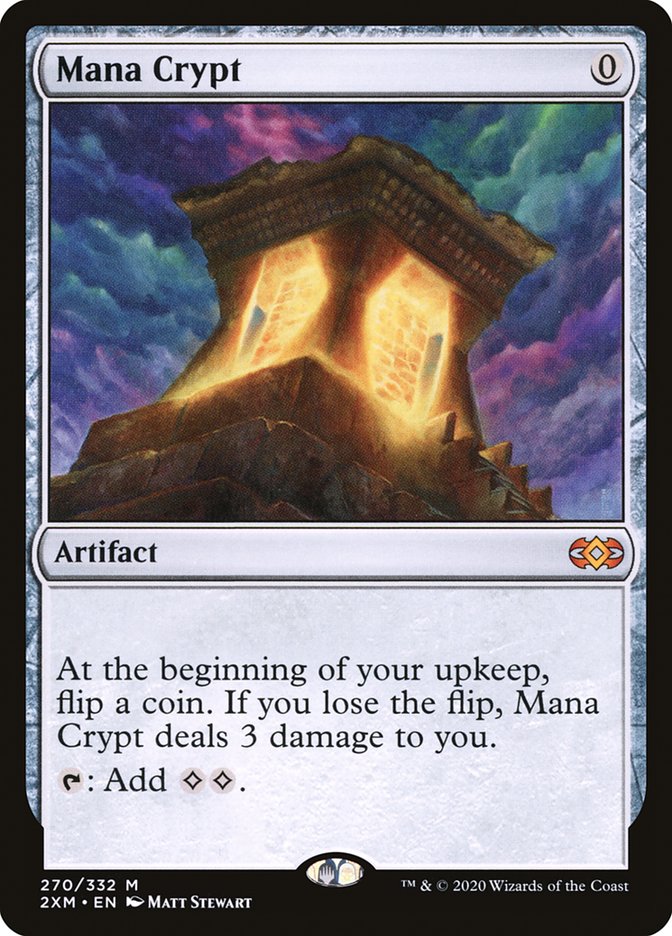
Pace of the CEDH Game
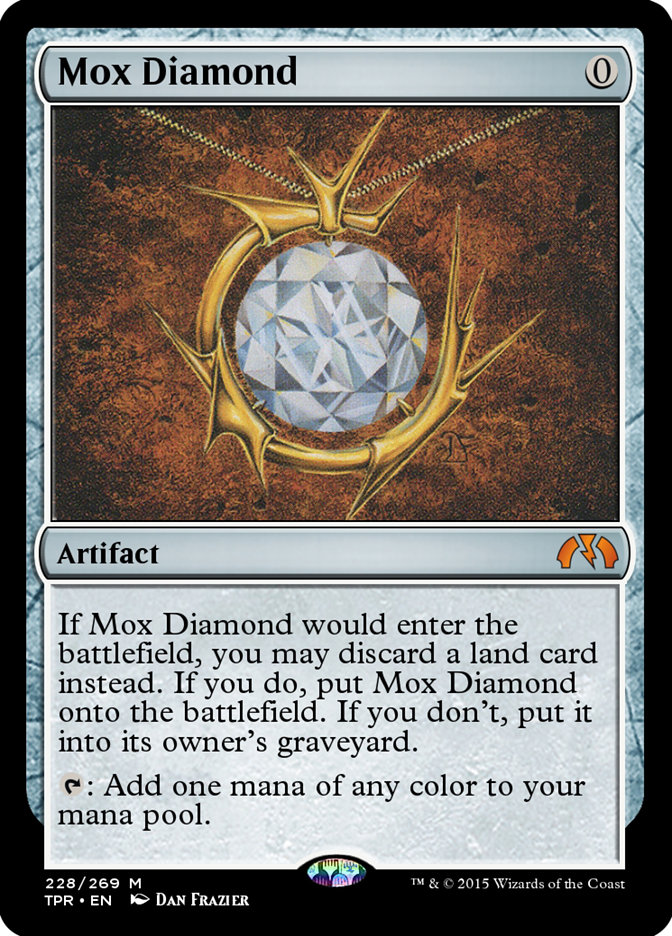
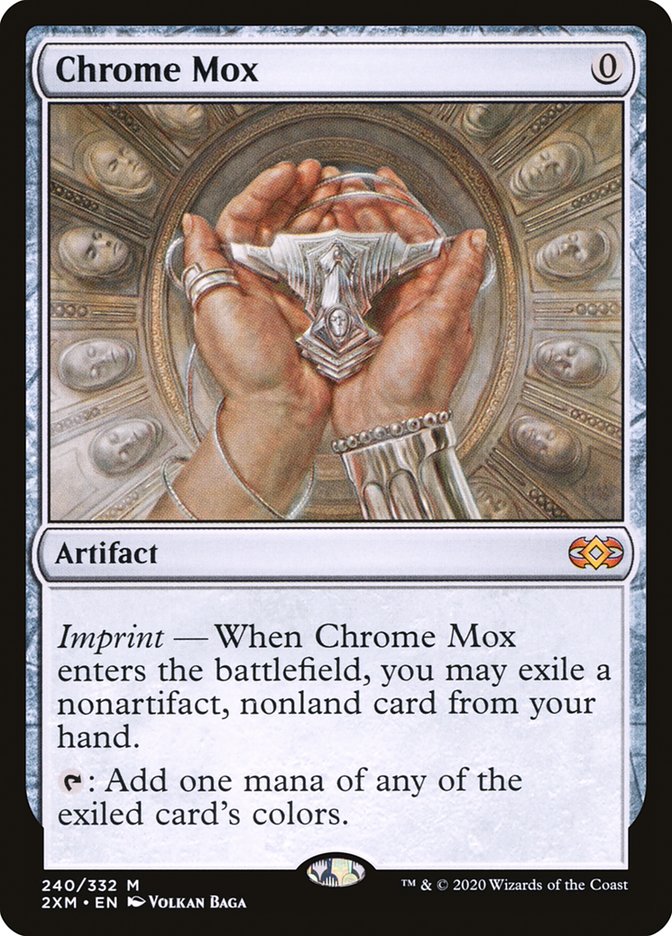
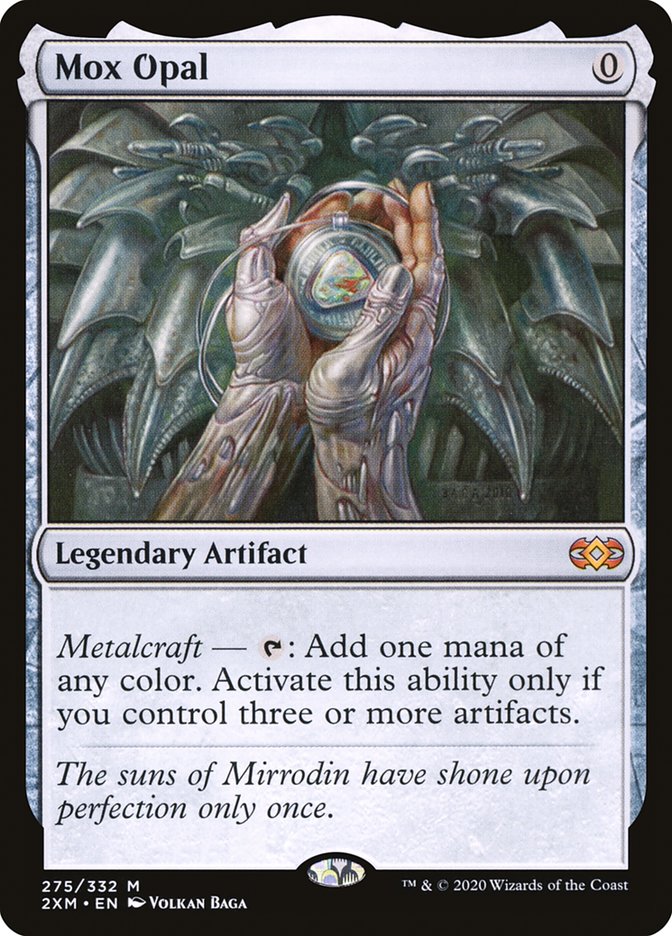
Unlike regular Commander, CEDH games tend finish in fewer turns. This is due to the powerful spells at your disposal. For ramp, almost every deck will play Mana Crypt and Sol Ring. Many will also dip into cards such as Mox Diamond, Mox Opal, and Chrome Mox. While they come with downsides, zero mana is hard to beat!
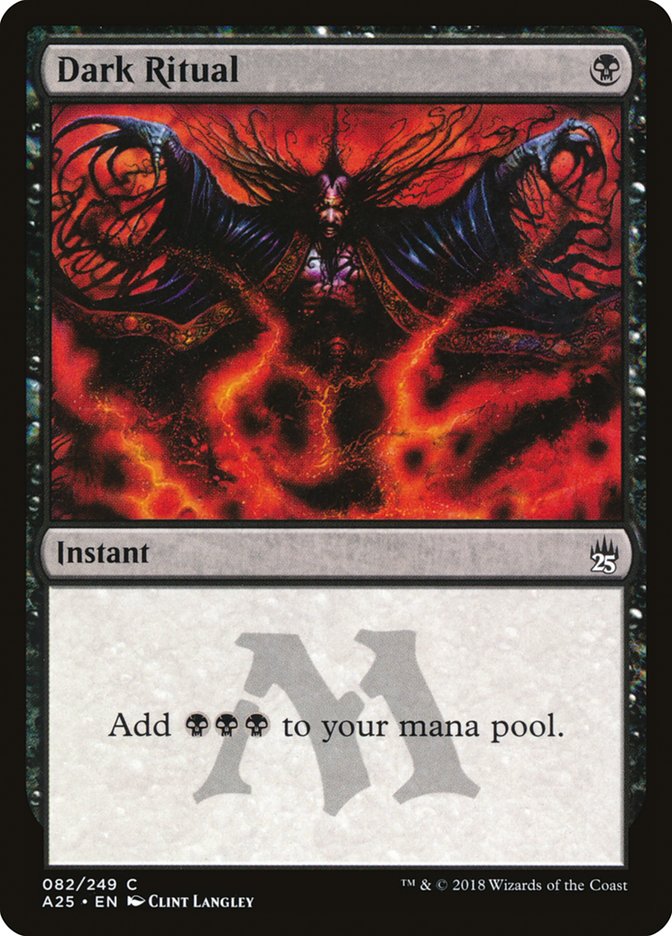
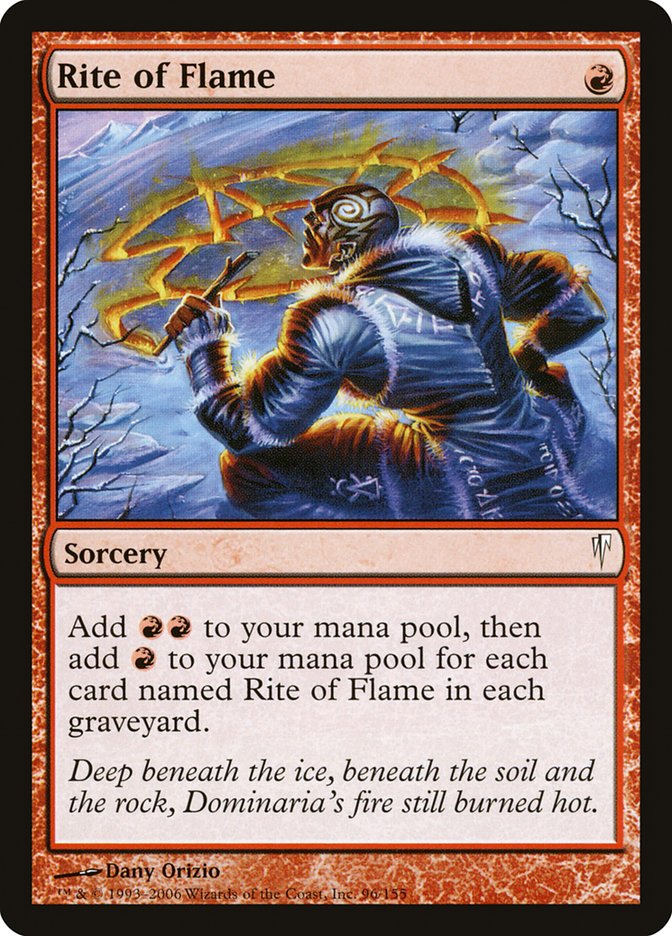
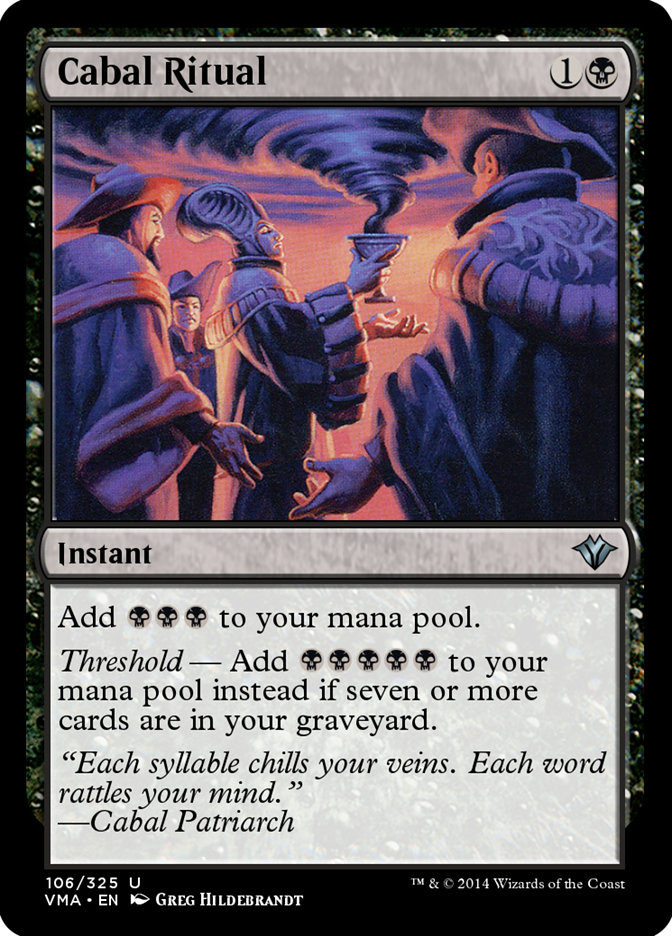
Additionally, black and red decks will leverage ritual effects. Dark Ritual, Rite of Flame, and Cabal Ritual. These effects are less prominent in lower-power Commander games and tend to speed up the game. They are once-off effects. In CEDH, speed is the name of the game. Who cares if it is a once-off effect if you’re going to win with it?
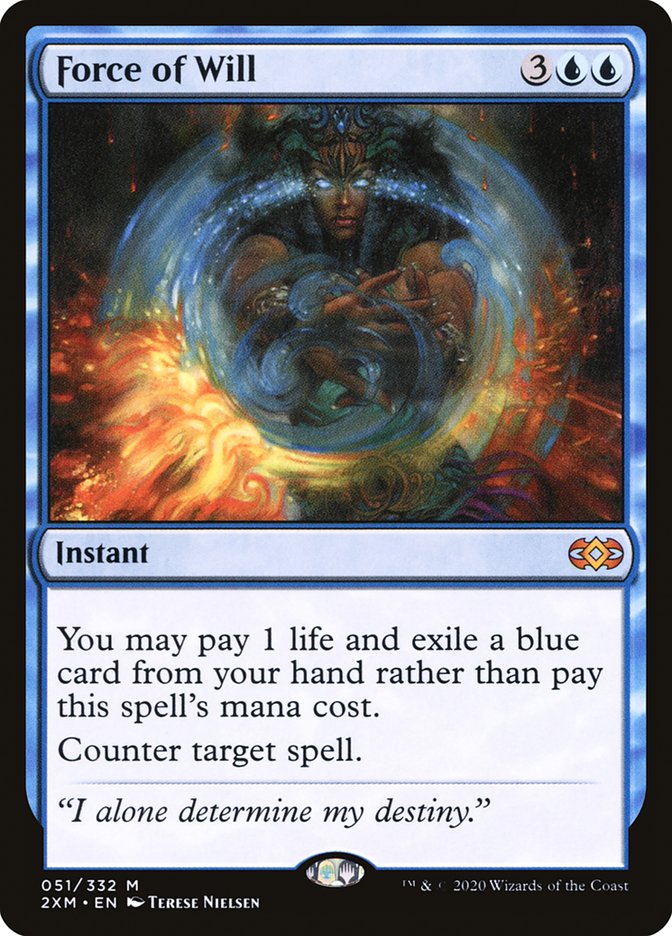
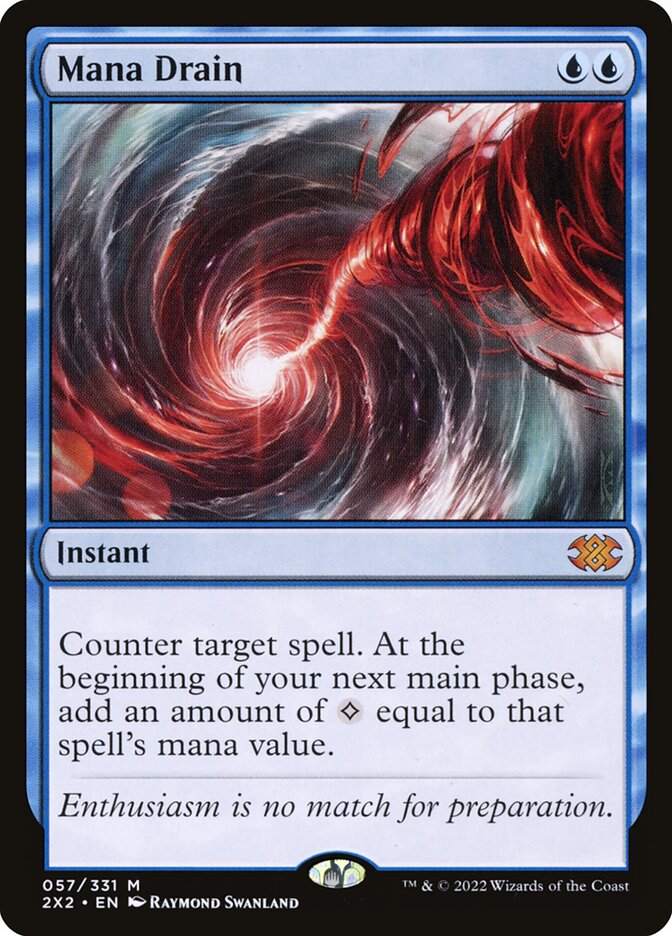
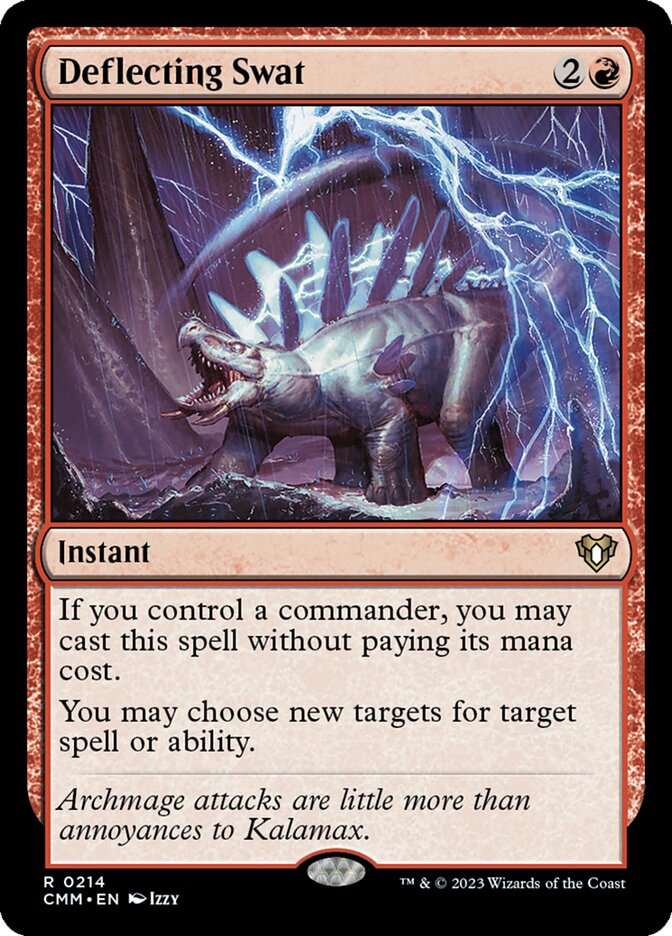
With all this explosive mana, you must also run powerful interactions. Force of Will, Deflecting Swat, and Mana Drain all make an appearance here. The best removal spells cost two mana or less. If the opponent is trying to win, you must be able to stop them!
While CEDH games are often decided over a small number of turns, that doesn’t mean they are boring. The cocktail of powerful threats and powerful answers makes CEDH interactive and often feel similar to a Modern or Legacy match. In one turn, a player will cast several spells. You will need to pick and choose the best point to interact. The stack can often become full of spells as players try to find their time to strike!
Popular CEDH Archetypes
CEDH decks mostly fall into well-defined archetypes. CEDH has a metagame. Just like 60-card constructed formats. You would not bring your Squirrel deck to a Vintage event. Do not bring your Gallowbraid deck to a CEDH table. It is not enough to play the powerful cards. You need to play a powerful Commander with a powerful strategy behind it. This will not be an exhaustive list, but I hope it gives you a taste of what CEDH archetypes are currently available.
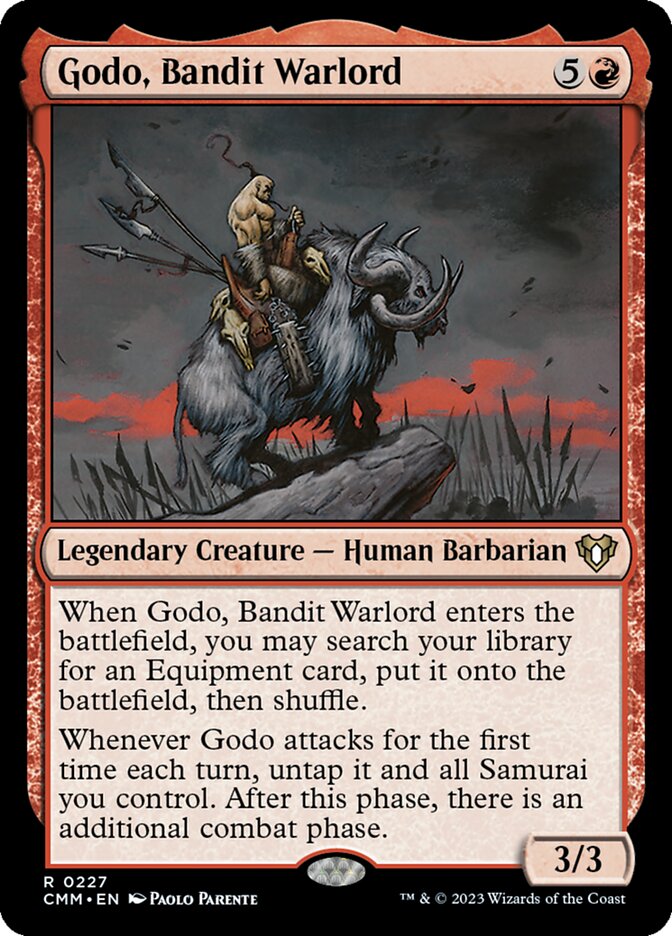
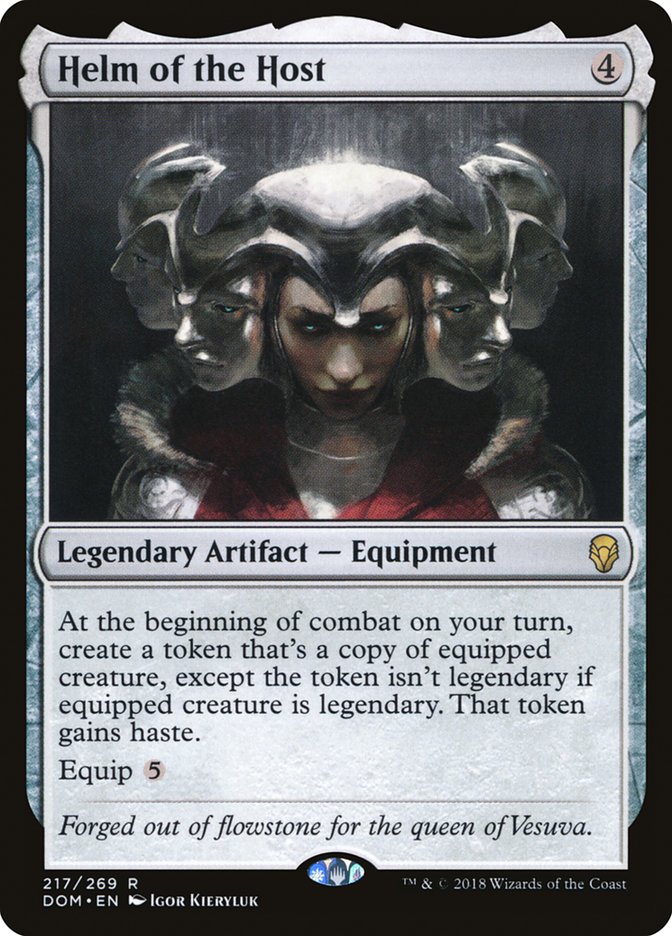
Godo Helm Combo
Some archetypes have multiple viable Commanders. Others are exclusive to one Commander. Godo, Bandit Warlord, for example, is a one-man archetype. This six-mana Barbarian searches for an equipment and puts it into play when he enters the battlefield. 99% of the time, you will be searching for Helm of the Host. Once equipped, it makes a non-legendary copy of the equipped creature, with haste. This allows you to attack, creating an extra combat step. This triggers the Helm again. Repeat for infinite damage.
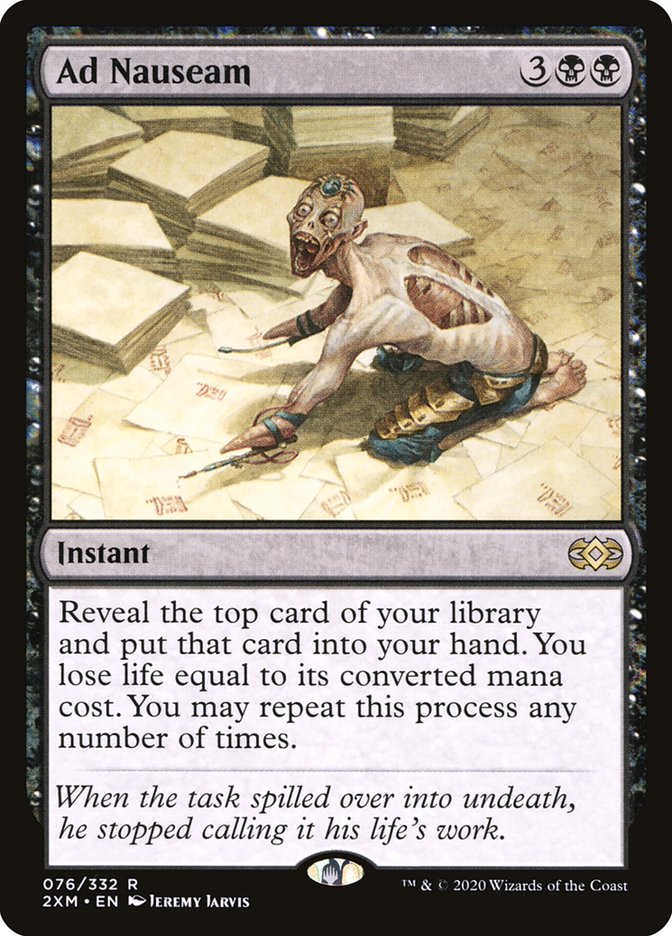

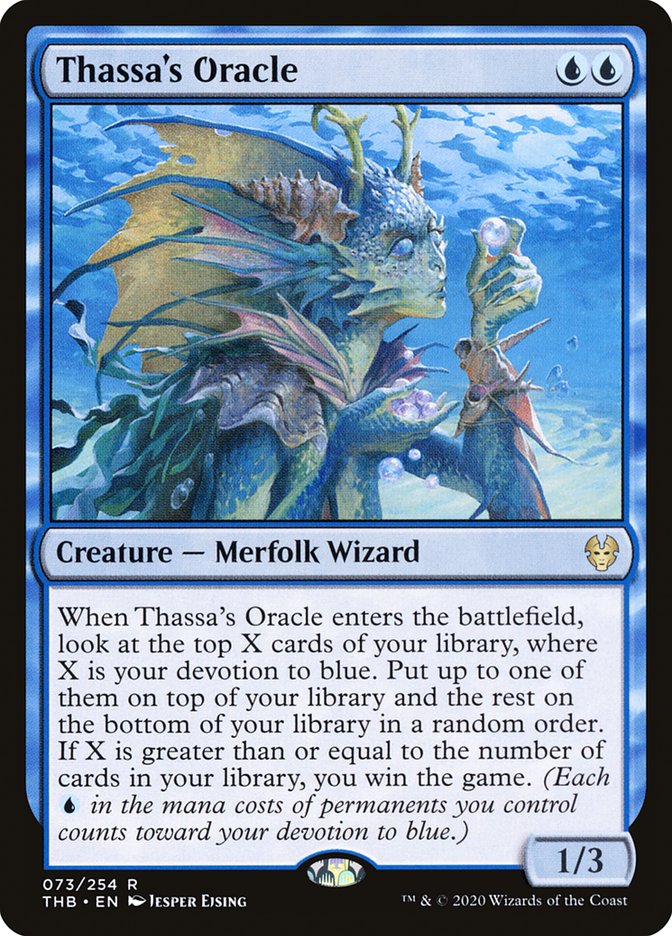
Ad Nauseum
Other decks play and win using Ad Nauseum. These decks leverage the namesake card to dig through their deck and amass a lot of cards. This then ends in a game-winning combo. The only need here is being in black. The win condition itself might vary. Thassa’s Oracle and Demonic Consultation is popular. But, when you draw this many cards in a turn, there are often lots of ways to win.
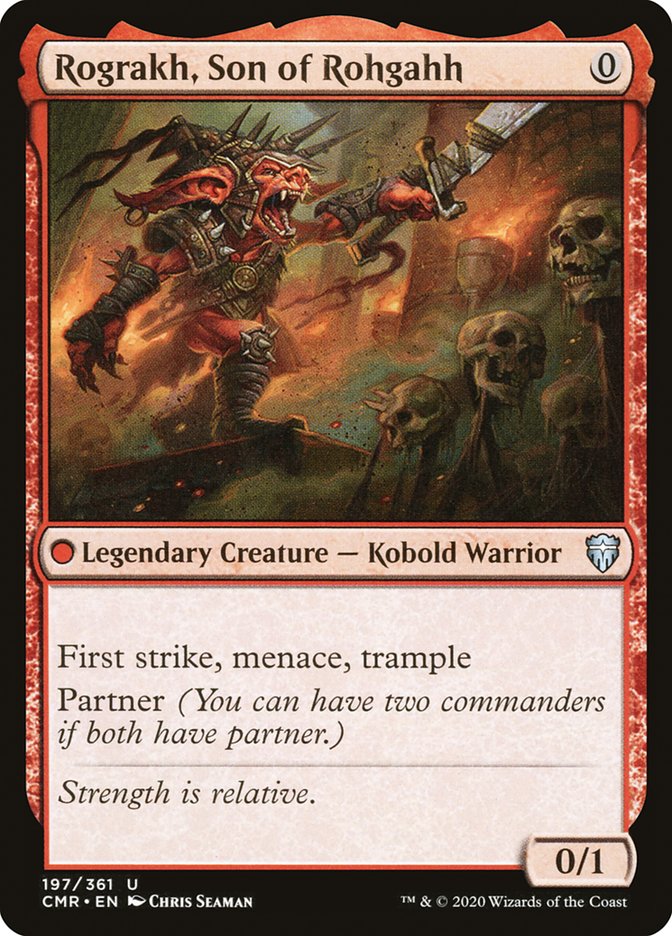
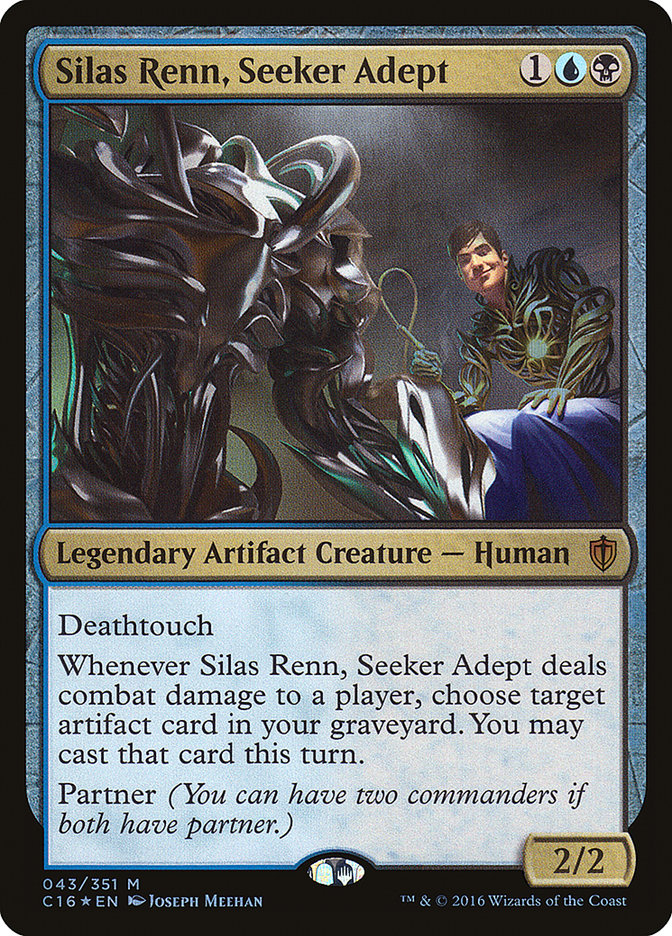
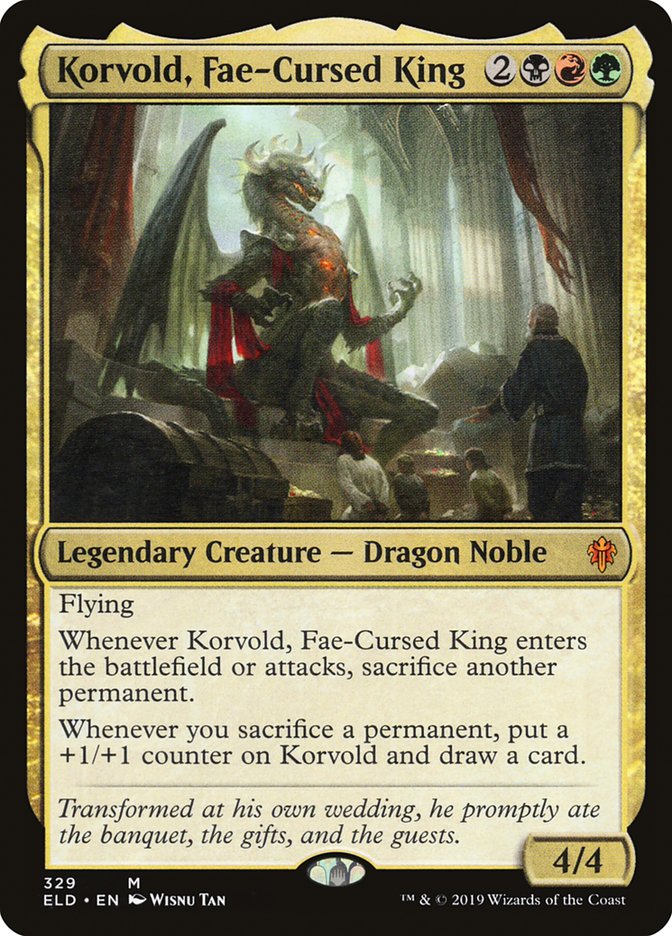
These decks range from Korvold, Fae Cursed King, to Rograkh, Son of Rahgahh paired with Silas Renn, Seeker Adept. The colors and exact win condition you choose to employ can be flexible. The main concern is designing your CEDH deck so Ad Nauseum does not outright kill you. These decks often run very low mana value cards to compensate for this.
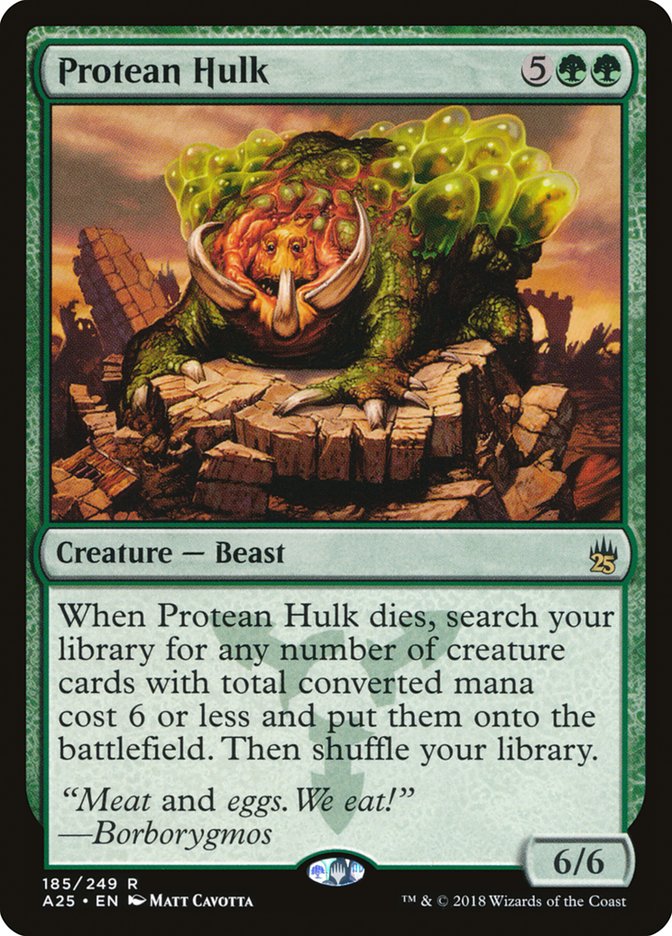
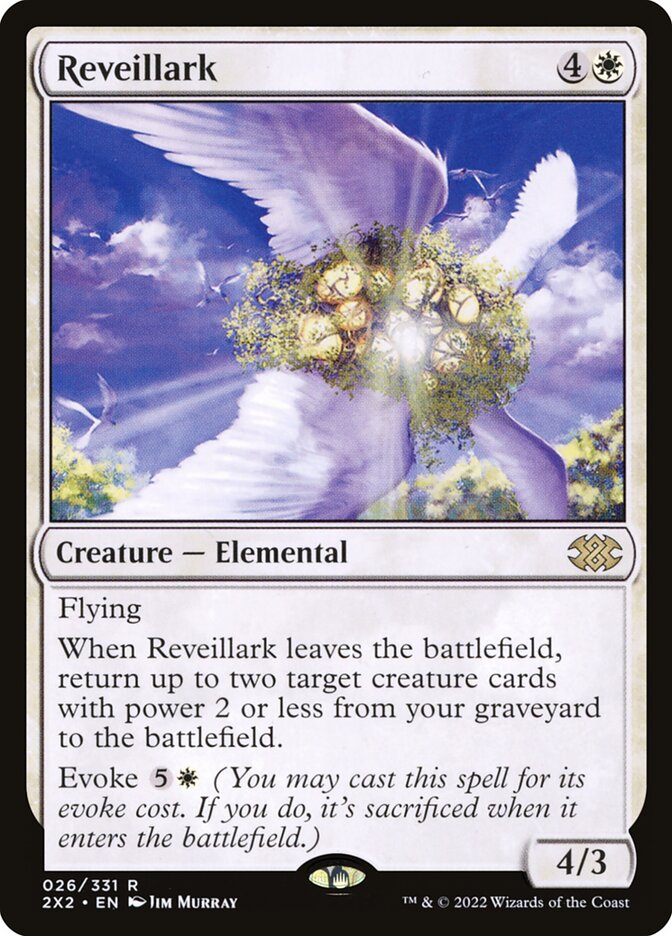
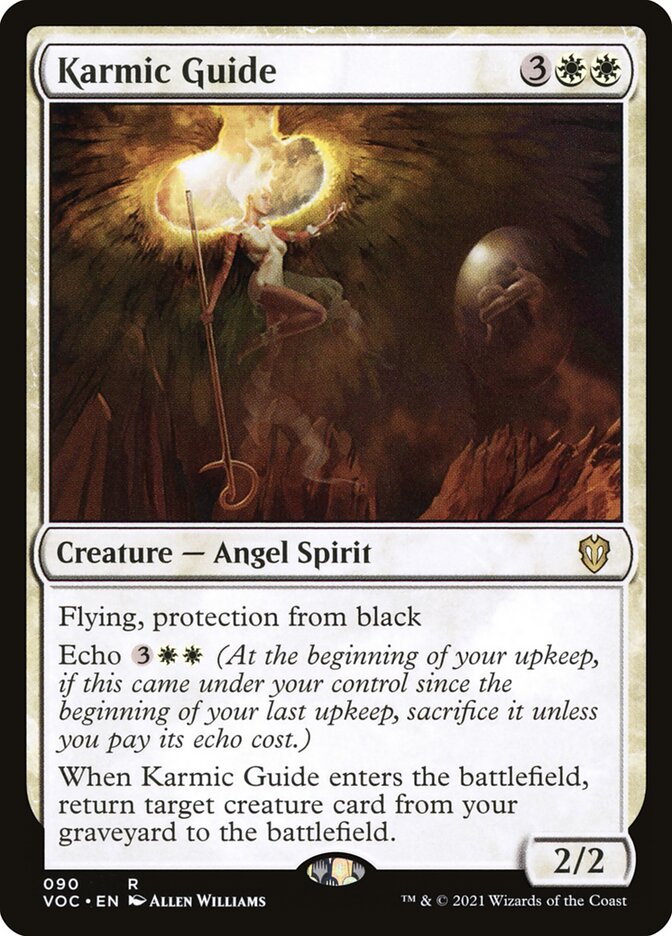
Hulk Piles
Protean Hulk is another popular archetype. The goal is to cast the Hulk, kill it, and then find a win condition from there. These are “hulk piles.” A hulk pile will have some way of returning the hulk to play again. Karmic Guide and Revilark are often seen here. These combos vary based on the colors. However, the end result is the same. Utilize the Hulk over and over again to assemble a combo.
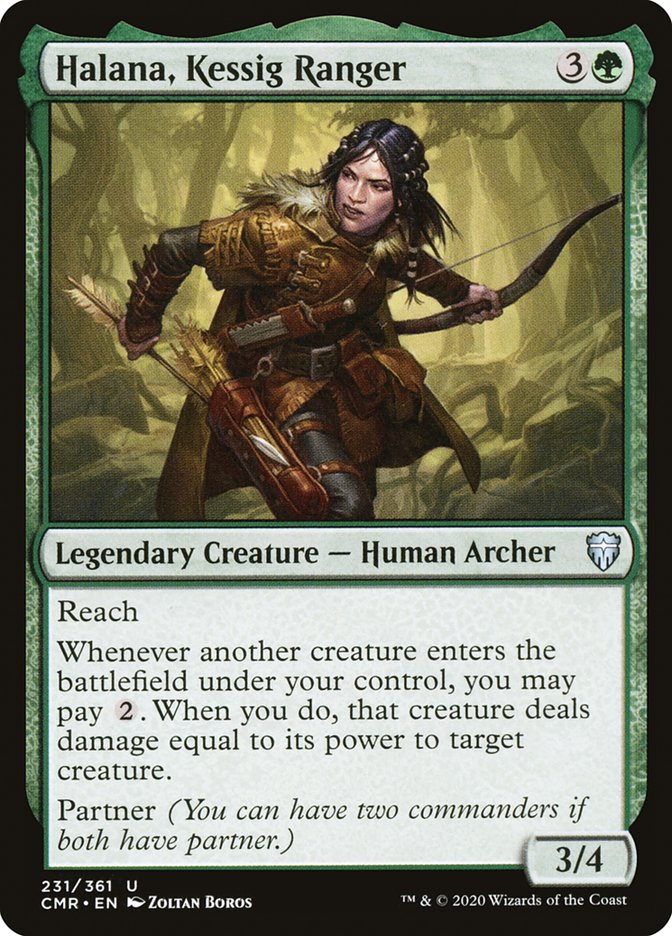
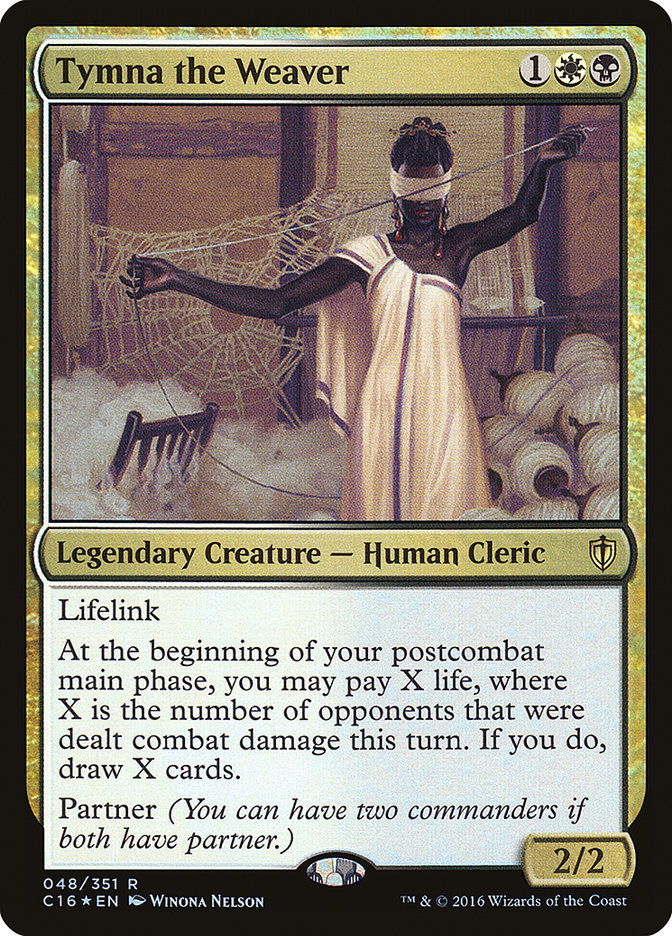
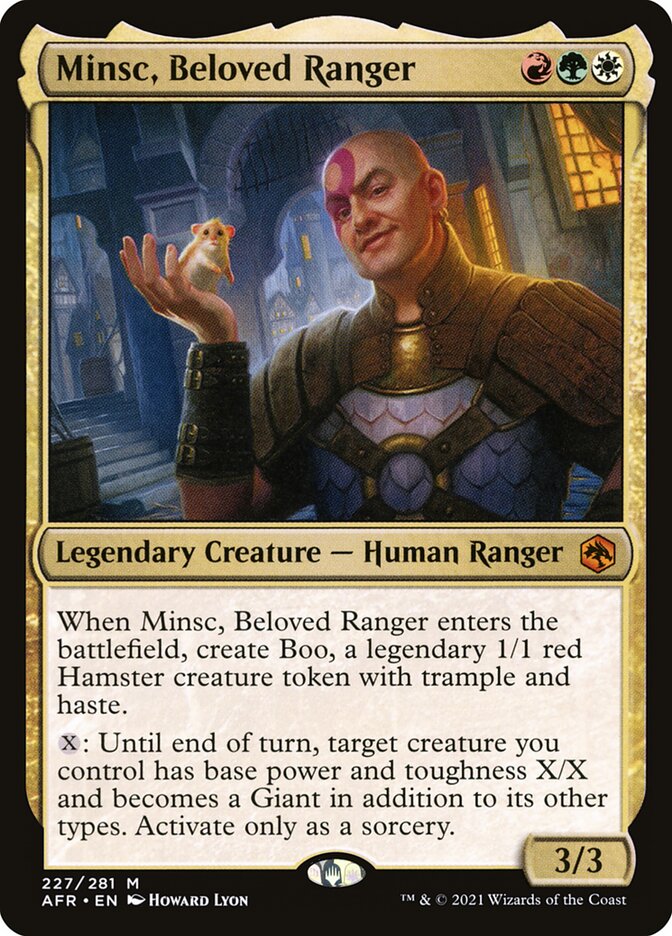
Popular Commanders for Hulk decks include Minsc, Beloved Ranger, and the pair of Halana, Kessig Ranger, and Tymna the Weaver. Typically, blue decks prefer Thassa’s Oracle wins. Hence, hulk decks often lack blue.
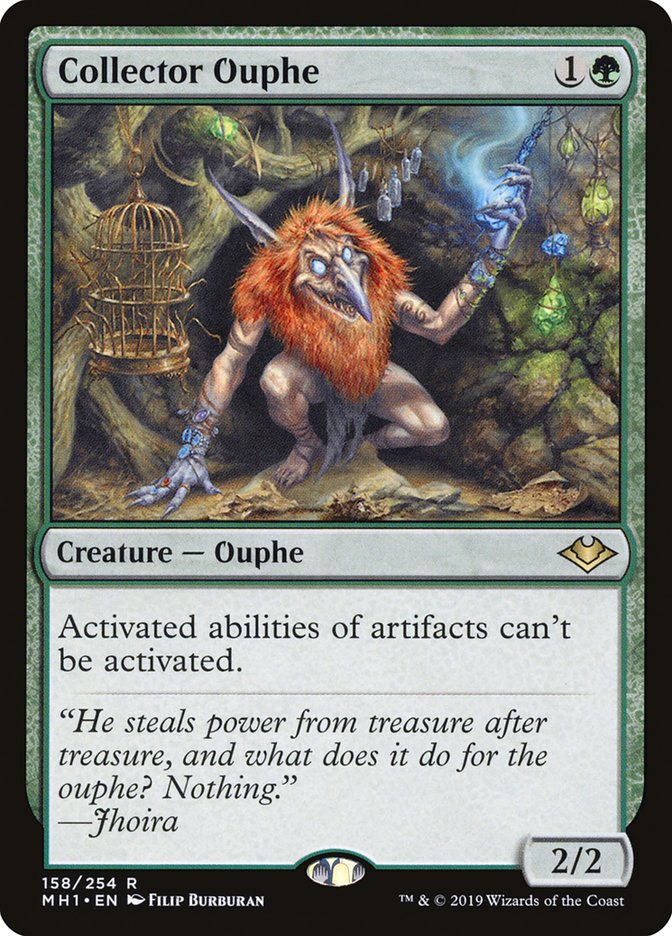

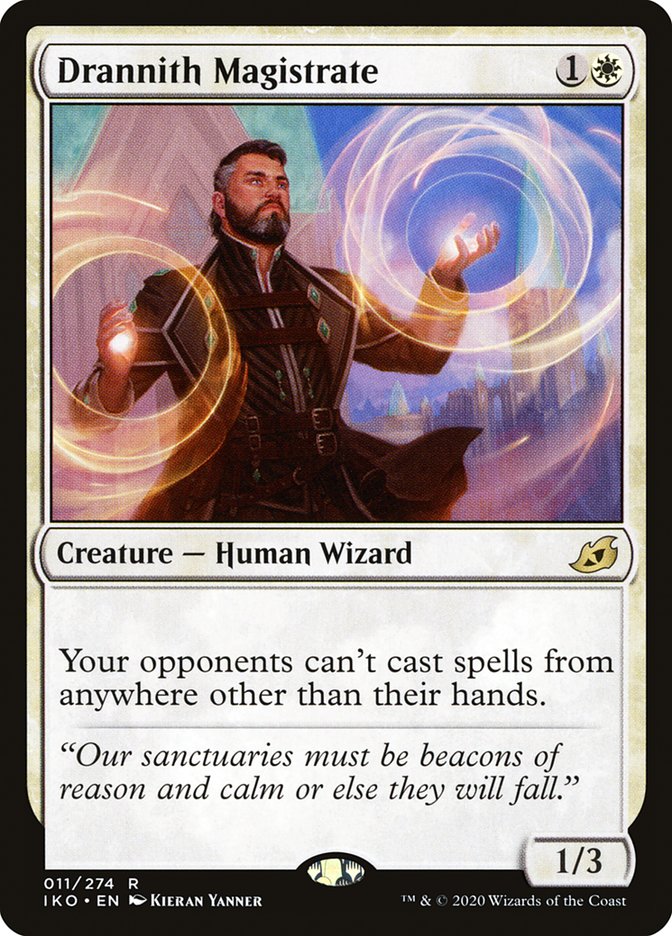
Stax and Hatebears
Lastly, we have stax and hatebears. These decks see all the crazy combos and degenerate play patterns and say, “NO!” These decks aim to slow down the pace of the game using small creatures with taxing abilities. Drannith Magistrate to deny access to commanders. Collector Ouphe to deny artifacts. Archon of Emeria to prevent players from casting multiple spells.
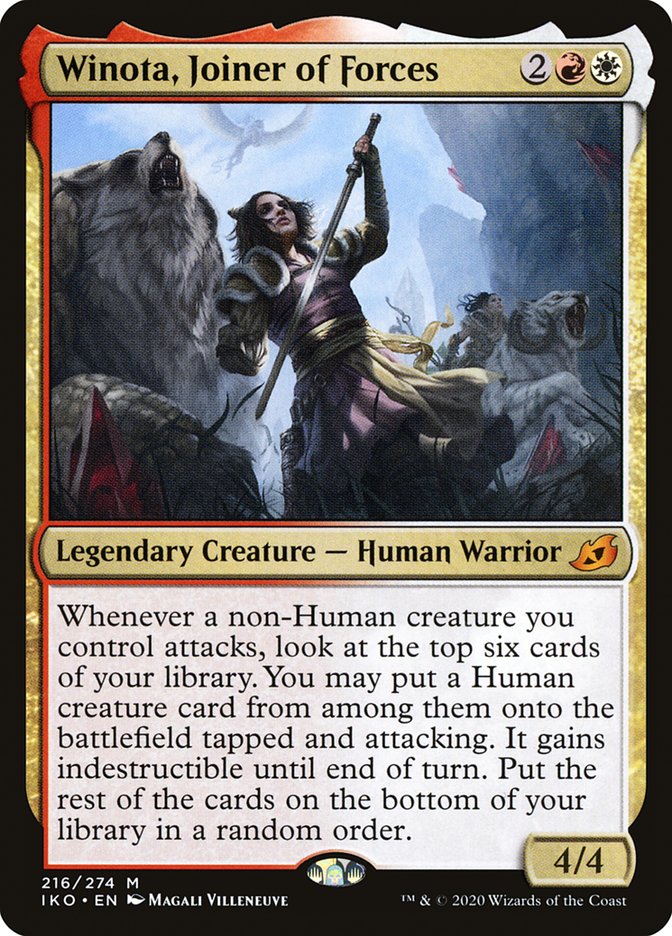
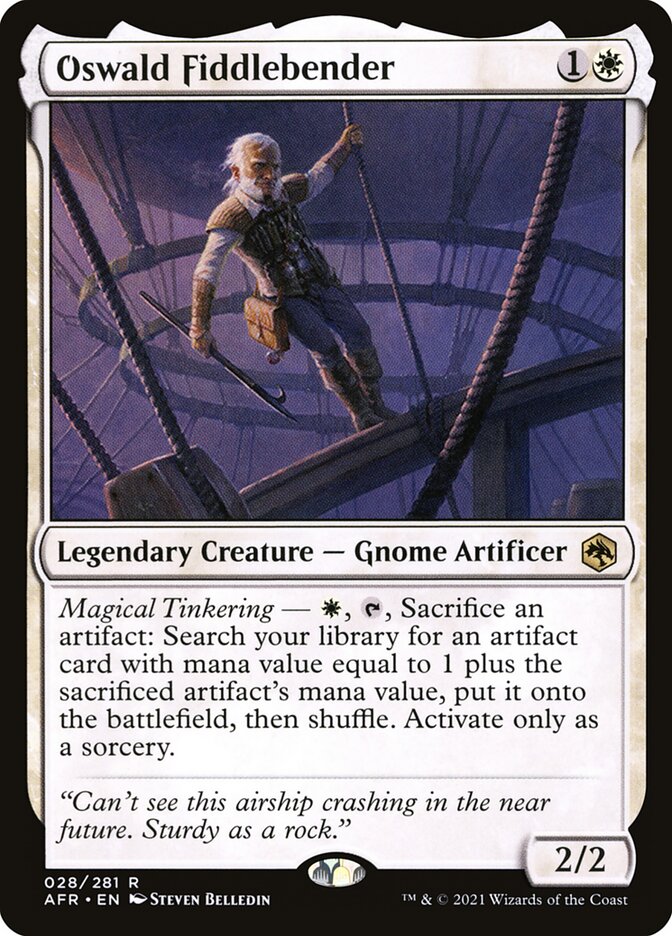
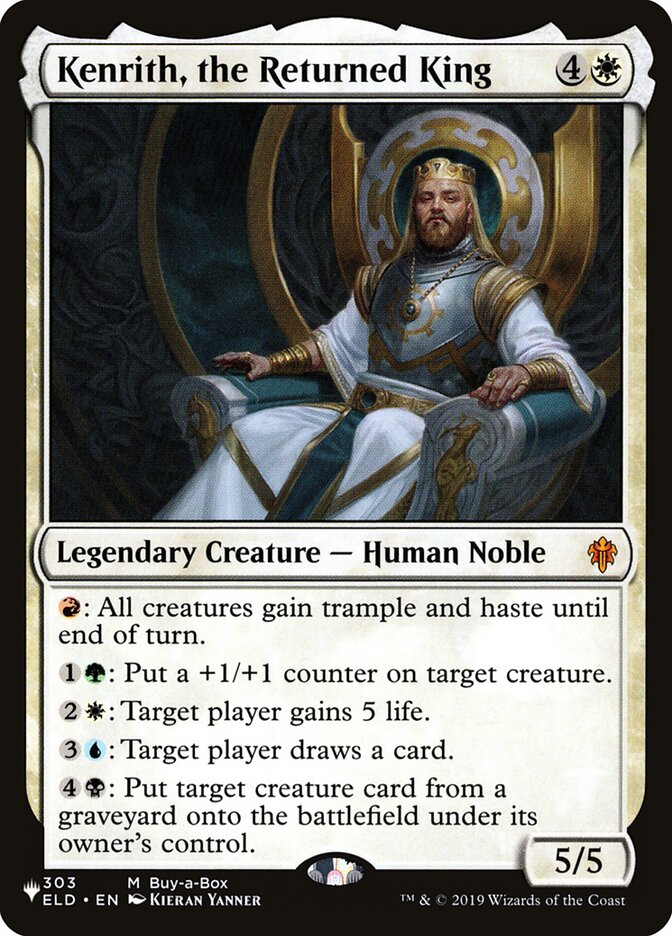
These disruptive decks are my favorite as they are customizable. The individual cards themselves are tweaked based on your meta. Popular commanders here include Winota, Joiner of Forces, Kenrith the Returned King, and Oswald Fiddlebender.
Summary of CEDH Archetypes
While not exhaustive I hope this has given some insight into the kinds of ways people play. Many of these archetypes even have crossover with one another. Decks with the same win condition can have different playstyles and arrive at the final result using very different routes. Some CEDH decks will lean into more explosive starts, while others want to slow down and control the game.
One thing common with almost all CEDH decks is they will win through some form of combo. Whether it is Godo and Helm or Thassa’s Oracle, the most efficient way to kill three players is with a combo. Wins can happen through traditional combat, but this is not the main goal of most decks. For example, drawing 20 cards with Ad Nauseum is great. But it also leaves you at a low life total. Stax decks often have many small creatures in play, which puts pressure on life totals.
CEDH Politics
Politics and table talk are still present in CEDH, just like in regular Commander. Games are often dominated by one threat for a period, and the table must react or lose. In this situation, you must evaluate who at the table is going to jump to the rescue. It is important to pick and choose when to interact. While you might have a counterspell in your hand, maybe someone else at the table does too. Perhaps one of them can counter the spell instead. This will leave you with your counterspell to help protect your own win condition!
If it no doubt looks like the game is over, then by all means, cast your spell. However, be vigilant. See if the table can work together to solve common problems. Don’t let an itchy trigger finger lead you to be the only one stopping threats. This is a quick way to run out of gas for your own gameplan and find yourself in one of three losing seats.
What is NOT CEDH?
Before closing, I thought it was important to discuss what is not CEDH. A deck needs all the ingredients to be CEDH. Ask yourself, is this deck making any compromises? If the answer is yes, then it is not CEDH. You can still have powerful decks, but it doesn’t mean they are CEDH. Having tutors, a Mana Crypt, or even running Thassa’s Oracle does not make a deck CEDH.
Winning on turn three does not make your deck CEDH. What matters is consistency. CEDH decks will consistently win, and pose a threat to other decks. Consider the difference between high power and CEDH and where your decks best fit.
Closing Thoughts
CEDH is my favorite way to play Commander. It brings the power of Legacy and Vintage to a four-player game. You get to enjoy a fast-paced game where every decision matters. If you would like to learn more about CEDH, there are some links below. I would love to hear your thoughts. Do you play CEDH? How have your experiences been?
CEDH Resources
https://cedh-decklist-database.com/
https://budgetbrews.club/deck-lists/
https://cedhhub.com/decklists/


 Support us on
Support us on 